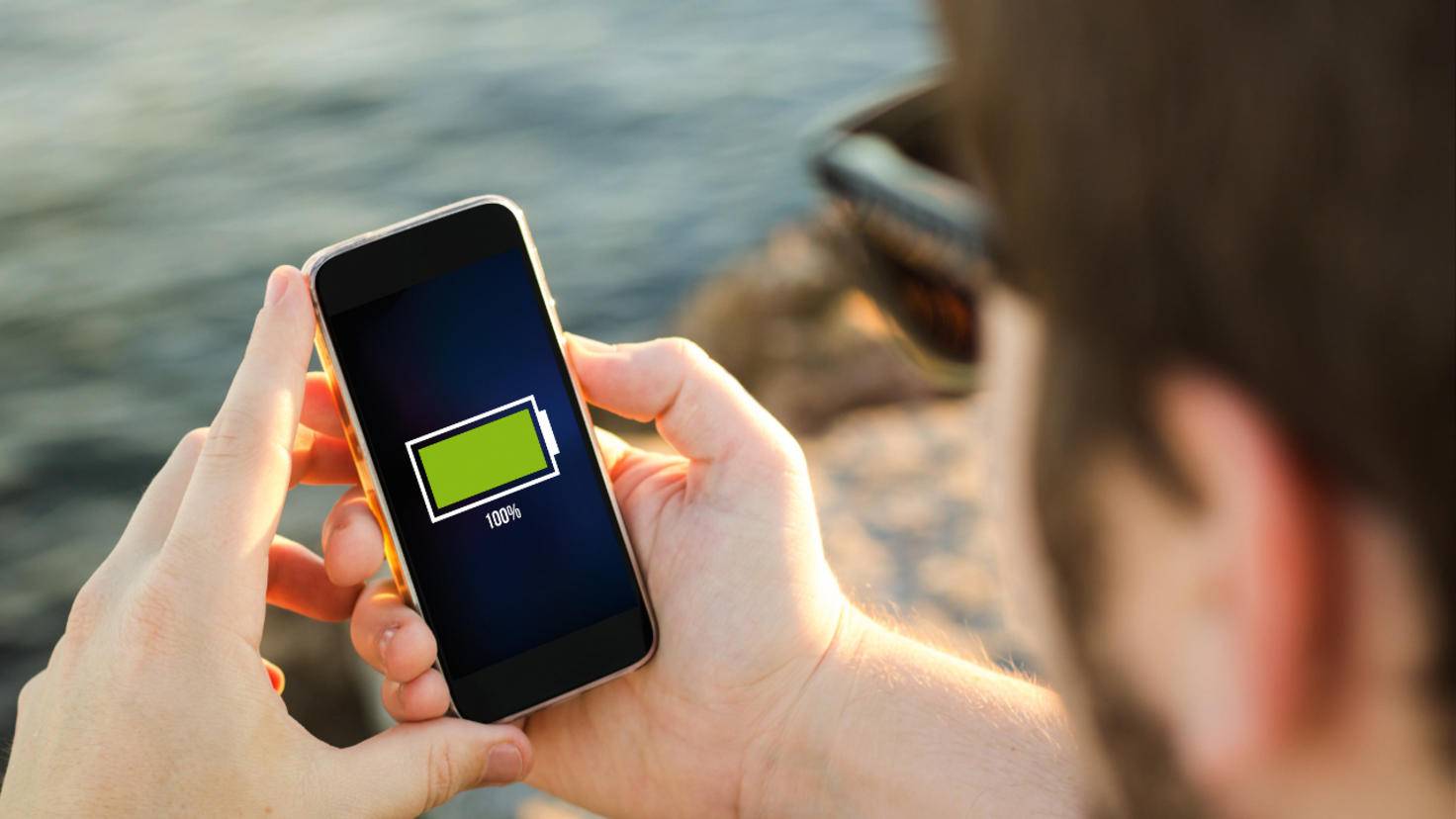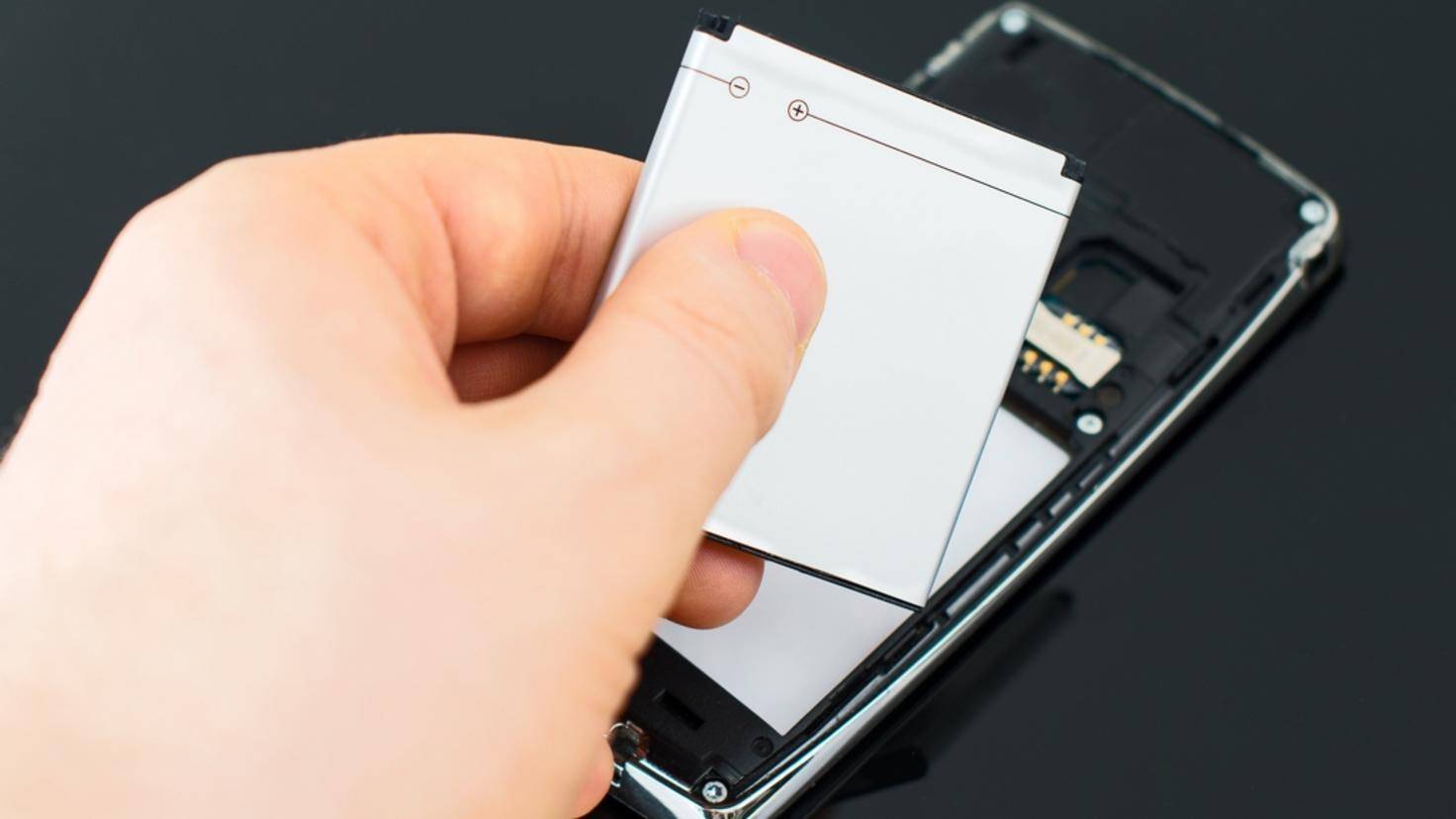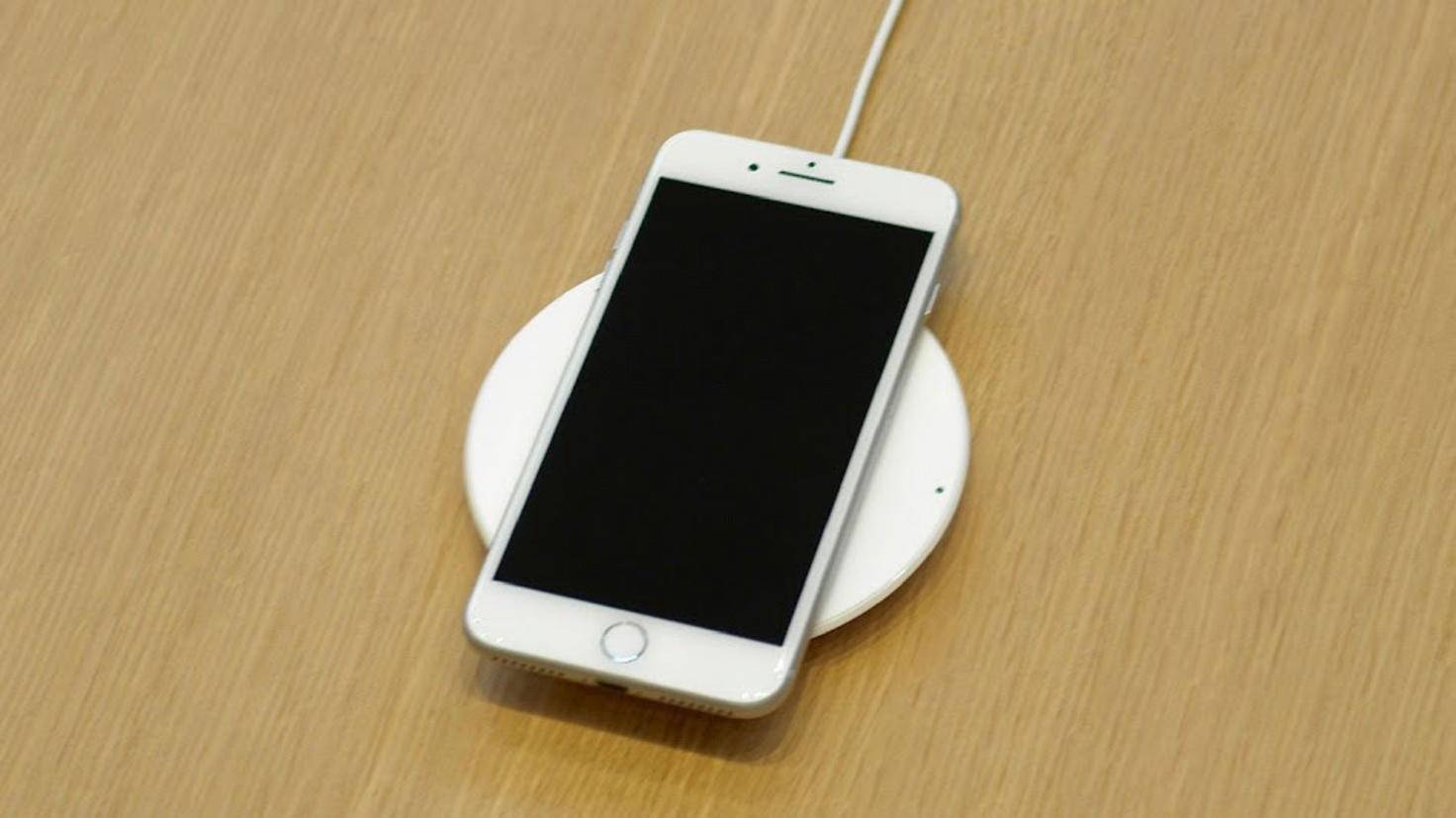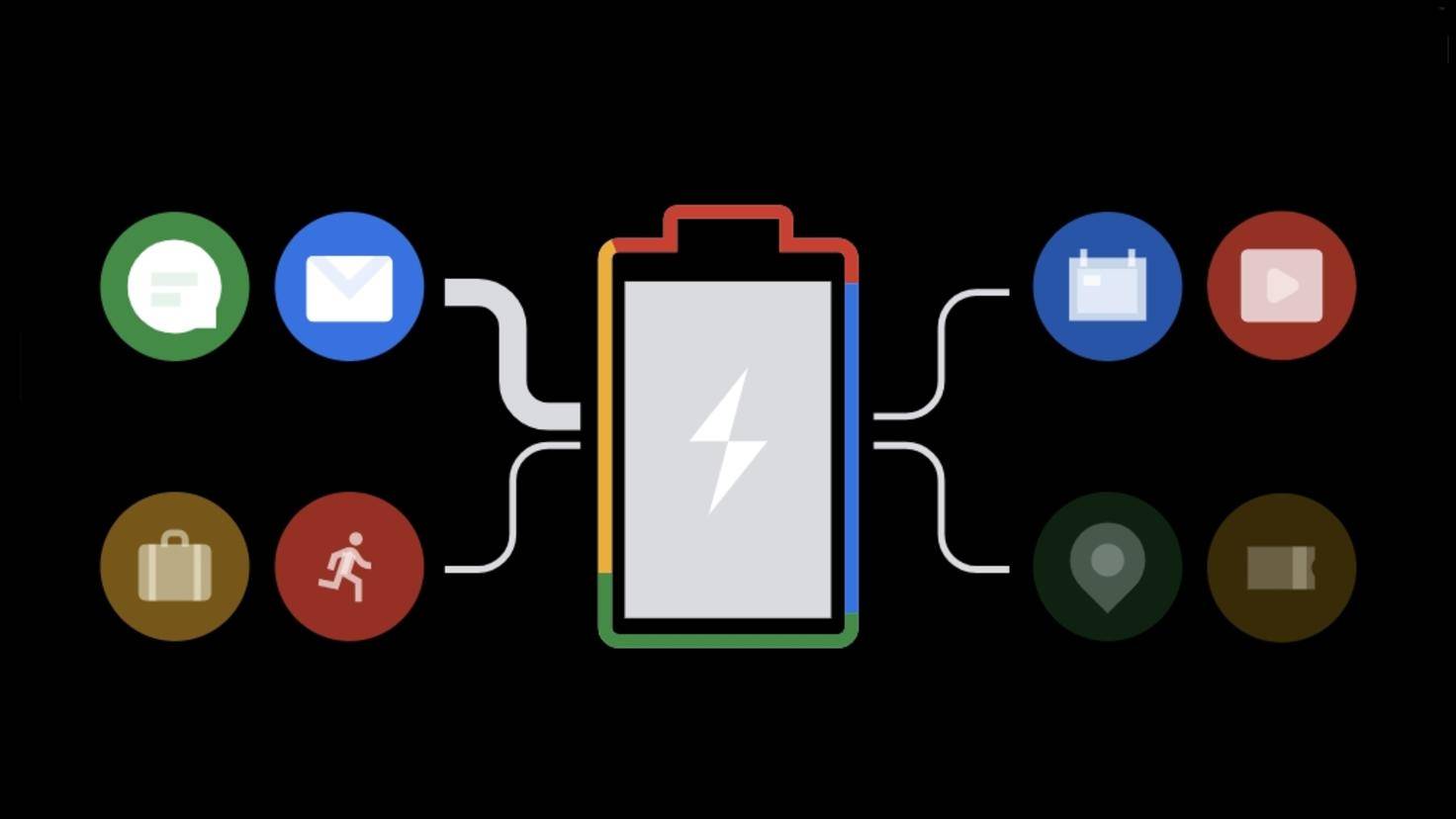Charging your cell phone overnight: how bad is it for the battery?

If you charge your cell phone overnight, you start the new day with a fully charged battery. However, overnight charging can also be harmful to the battery. We will tell you to what extent this is a problem and what solutions there are for it.
Why do we charge our smartphones overnight?
Smartphones have evolved over the years. This also applies to the built-in batteries. In most cases, a charged smartphone battery will power the device for at least a day with average usage. As a result, many of us plug our cell phones into the charger at night so that we can start the day with a fully charged battery again in the morning.

A full battery should ideally be enough for the whole day.
Image: © Adobe Stock/georgejmclittle 2018
So charging the phone at night fits perfectly into our usage cycle. There is only one problem: Depending on the smartphone and the charging technology used, it only takes one to three hours to fully charge the battery. The rest of the time, the device depends on the charging current, although the battery has long been full.
What are the weaknesses of lithium-ion batteries?
Lithium-ion batteries, as installed in almost all current smartphones, are subject to natural wear and tear. This means that their capacity will automatically decrease over time. How quickly this happens has to do with how many charging cycles have already been carried out. Most smartphone manufacturers specify between 400 and 500 charging cycles before the battery only has 80 percent of its original capacity. Very low charge levels close to 0 percent and very high close to 100 percent can accelerate wear.

Lithium-ion batteries wear out naturally.
Image: © Getty Images/iStockphoto/Dmitri Maruta 2018
What problems arise when charging at night?
When charging overnight, the smartphone is usually connected to the mains for hours, although the battery itself is usually fully charged after a maximum of three hours. As soon as the battery is fully charged, a so-called charging circuit switches on so that the already charged battery is no longer pumped full of energy.
But as soon as the charge level falls below the 100 percent mark, the charging process starts again and the battery is recharged from 99 percent to 100 percent. That doesn’t sound like much, but the last few percent in particular put a particular strain on the battery and cause increased wear on the battery’s electrolyte – i.e. the layer in which the positively and negatively charged particles swim. Depending on how long the cell phone is connected to the network, this sagging to 99 percent and recharging to 100 percent happens several times each night.

Overnight charging can shorten battery life
Image: © TURN ON 2017
Fortunately, the wear and tear effect that occurs is very small, so you probably won’t even notice it – at least not immediately. However, over time, this behavior will gradually decrease the overall performance of the battery. After a few months or years, it will then only be able to access 90, 80 or 70 percent of its charge capacity. The battery life is reduced accordingly.
What can you do?
You can prevent the problem by using a power adapter that charges your smartphone as slowly as possible. This may sound paradoxical at first, but it has the effect that the charging time may increase by several hours. This automatically reduces the time in which the smartphone remains in a permanent state of charge between 99 and 100 percent. Instead of a 15 or 25 watt adapter, a 5 or 10 watt adapter is recommended for overnight charging.
If you can, turn off your cell phone while charging overnight. The device is then charged once and then consumes no electricity or has only minimal charging loss. This prevents the permanent oscillation between a charge level of 99 and 100 percent. Or you simply don’t charge the device overnight, but charge it the next morning.
What are the manufacturers doing about the problem?
The manufacturers also know the usage habits of their customers and know that they like to charge their devices overnight. That’s why more and more manufacturers are building protective mechanisms into their smartphones to fix the problem. For example, Apple, Google and OnePlus offer a function called “Optimized Battery Charging” or “Optimized Charging” or “Adaptive Charging” via their software.
The smartphone is set in such a way that the battery is initially only charged up to 80 percent when charging at night and then remains at this charge level for several hours. The remaining 20 percent is only charged in the last half hour before waking up, so that the battery only reaches its full capacity of 100 percent shortly before waking up. The smartphone learns the approximate wake-up time over time using an algorithm – or you can set it yourself.

Manufacturers such as Google, Apple or OnePlus offer adaptive charging.
Image: © Google LCC 2022
Samsung is taking an even more radical approach. The manufacturer offers a battery-saving mode in its software. If this is activated, the battery storage is generally only charged up to 85 percent, which puts less strain on the battery in the long run than charging up to 100 percent. The downside is that this means 15 percent less capacity available for the day.
Battery wear is unstoppable
You can’t stop the wear and tear of a lithium-ion battery. It will definitely lose capacity over time. Charging overnight or not doing so doesn’t change anything. However, you can do something to make capping slower by using an AC adapter that charges rather slowly, or by setting up adaptive charging. And extend battery life.
summary
- Lithium-ion batteries in smartphones are subject to natural wear and tear and lose capacity over the years.
- Overnight charging can minimally accelerate this wear but has no dramatic effect.
- More and more manufacturers are offering special charging modes such as “optimized charging” or “adaptive charging” that protect the battery when charging.
- You can also prevent this yourself by using a power adapter that charges slowly.
- It is best to switch off the cell phone when charging overnight.
- In principle, nothing can be changed about battery wear.
Reference-www.turn-on.de
